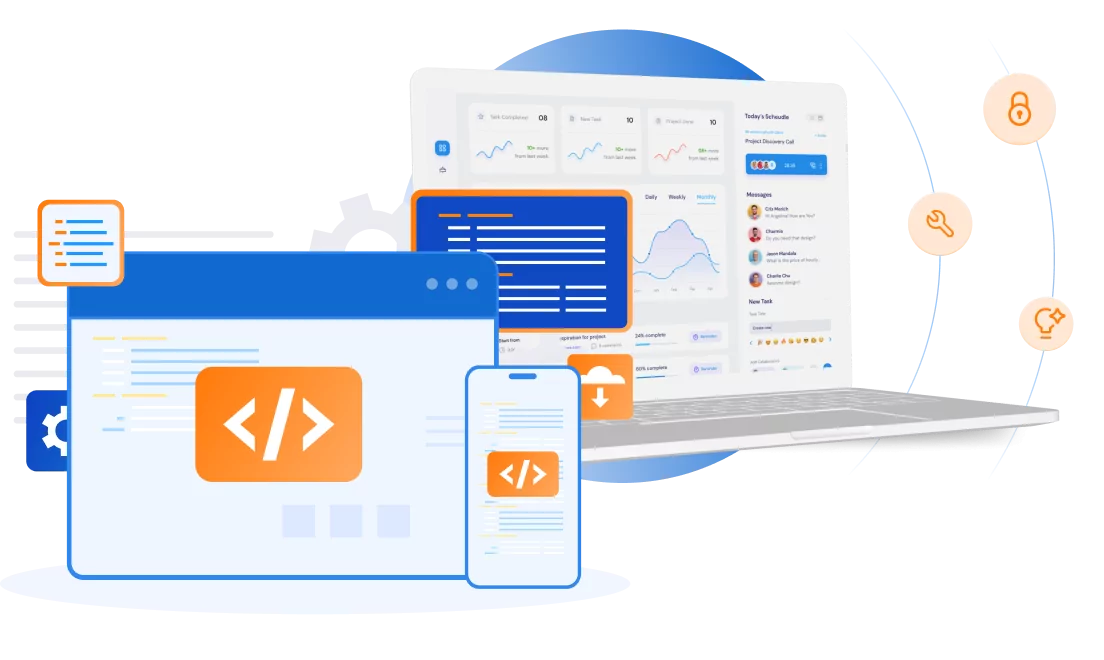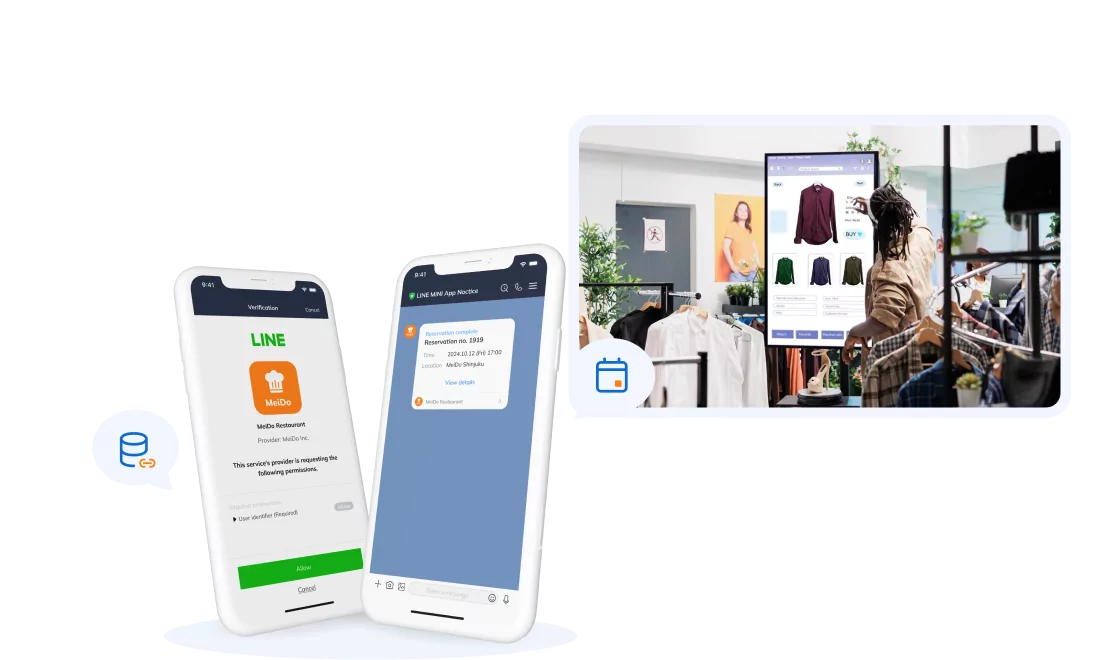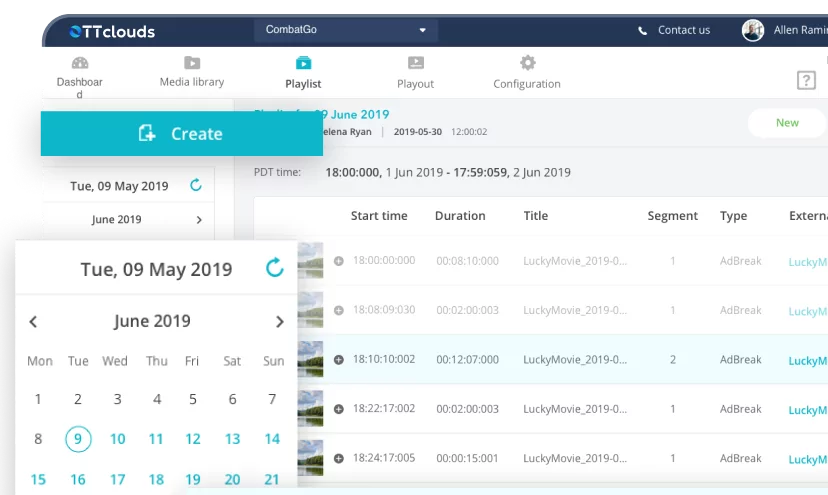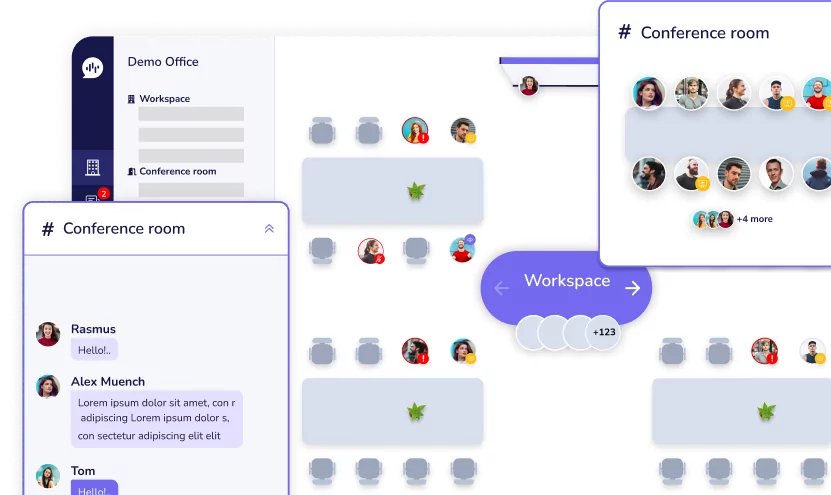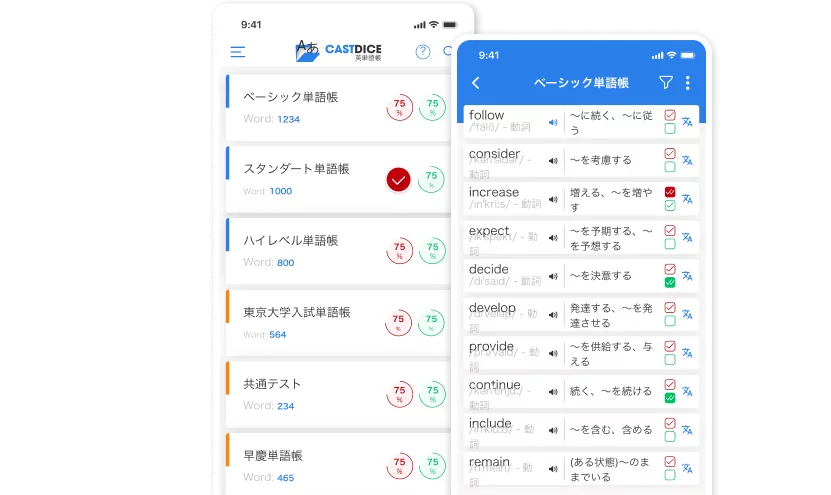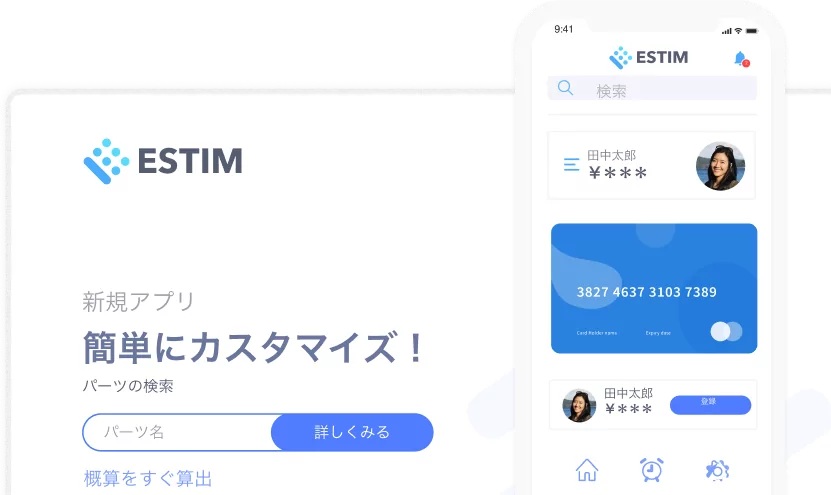Breaking Down the Code: How to Plan a Software Project?
30/05/2023
5.2k
Table of Contents

Software project plans enable software development teams to provide clients with expeditious, high-quality software. Software teams can establish effective software project plans by delineating time frames, budgets, and delegation. If you are a project manager or software developer, you may be curious about how to plan a software project.
In this article, we will provide you with a comprehensive guide on what a software project plan is, why it is necessary, and how to build one.
What is a Software Development Planning?

Software development planning is a process that aims to increase the predictability of software deployment through the accumulation of requirements, the design and development of software, and the identification of uncertain or hazardous aspects of the project through research and development. It provides guidance and structure to the development team and functions as a road map for the complete software development process.
Typically, software project plans adhere to flexible progressions that permit project managers to adapt to the project’s success. A flexible project plan enables software developers to move forward and backward in the creation of error-free programs, as a significant portion of software development entails testing and problem-solving. Risk analysis and contingency plans are also included in software project plans to prepare for potential setbacks.
Why Do You Need a Software Development Plan?
Before commencing work, creating a well-organized software project plan may increase productivity and decrease errors. Listed below are some essential elements of software project plan roles:

- Define Roles and Obligations
In the planning phase of your software development project, you identify which team members can handle each aspect of software development. You can ensure that each task is accountable by designating roles in advance and documenting those assignments.
- Determine Client Requirements
You determine the client’s precise requirements by developing a software project plan. Request constant feedback from clients and other interested parties during the planning phase to ensure the software meets their requirements.
- Respect Assignment Due Dates
Planning software projects can help you meet project deadlines by establishing a clear timeline for completing each project component. Including time-based objectives in your plan enables every member of your team to comprehend project milestones.
- Compliance with the project budget
Budgetary information, including the allocation of funds for each aspect of the project, is included in detailed project plans. Developing a software project plan can help your team adhere to the allocated budget.
- Ensure high-quality work
Before delivering the products to the client, software project plans are essential for implementing quality assurance and discovering potential bugs or infections. By defining quality and delegating quality assurance responsibilities, you can assure the delivery of high-quality software to clients.
How to Plan a Software Project?
How to plan a software project? How to estimate a website project? Consider using the following guidelines when developing your next software project:

Step 1: Defining Your Project Goals
The first step in designing a software project is to establish a set of well-defined objectives. Clearly define the scope, purpose, and expected results of the project. This part of the planning process sets the stage for the rest of the process and ensures that the project stays on track and true to its original goal.
Step 2: Developing a Project Timeline
Make a comprehensive schedule for the software development project that includes all of the necessary steps. Estimate how long each stage will take after it has been broken down into more manageable chunks of work. When allocating resources, keep task dependencies in mind. Create a Gantt chart or use any other project management tool to draw out the schedule.
Step 3: Selecting The Right Software Development Methodology
Pick a software development approach that works for you. Whether you’re considering an Agile, Waterfall, Scrum, or hybrid methodology, each has its advantages and disadvantages. Check that the chosen approach helps the team work together efficiently and contributes to the project’s overall objectives.

Step 4: Budgeting for Your Software Project
Create an all-inclusive plan and software project estimation. Think about the money you’ll need to spend on things like programming, hardware, software, infrastructure, licensing, staff training, and documentation. Keep an eye on spending and make adjustments as needed over the project’s duration.
Step 5: Risk Management
Find the unknowns and hazards that might derail your software project. Classify hazards according to their frequency and severity, then create a strategy to deal with them. Maintain a close eye on potential dangers as the project progresses, and take preventative actions as needed. Successful risk management helps prevent problems from becoming worse and keeps projects on pace.
Step 6: Measuring and Tracking Progress
You may monitor the development of your program by establishing metrics and key performance indicators (KPIs). Set objectives that may be achieved as project milestones. Make sure you check in on the project’s progress against these criteria regularly and make any necessary modifications.
Step 7: Testing & Quality Control
To guarantee that the delivered software satisfies all of the given criteria and quality standards, a thorough testing and quality control procedure must be put into place. Create a full-fledged testing strategy that covers all the bases, from basic functionality to performance, security, and user experience.
Step 8: Transition to Service
The last step is to release the program to the public and make sure it is prepared for usage. Make a transition strategy that includes everything that needs to be done, from moving data to training users to integrating systems to creating documentation. Maintain company continuity by coordinating with key stakeholders including IT operations teams and end users.
Step 9: Support and Maintenance
A strategy for updating and supporting the software beyond its first release is essential. Maintain constant vigilance over the software’s availability, safety, and performance, and address any issues as soon as they are discovered. The anticipated response times and service quality for customer assistance may be defined by creating service level agreements (SLAs).

Revolutionize Your Software Project Planning with SupremeTech
Mastering the art of software project planning requires a combination of technical expertise, effective communication, and a structured approach. So how to plan a software project? You can enhance your ability to plan and execute successful software projects by adhering to these steps and pursuing continuous improvement.
In case your business does not have much experience in planning software projects or has not achieved the desired achievements, SupremeTech can help. By applying ESTIM services, we can reduce the complexity of the development process, making it easy for your business to build and implement effective software projects. Our team of specialists will collaborate closely with you to perceive your unique requirements and tailor the project plan to your business goals.
Get in touch with SupremeTech and let us be your strategic partner in executing exceptional project planning!
Related Blog


